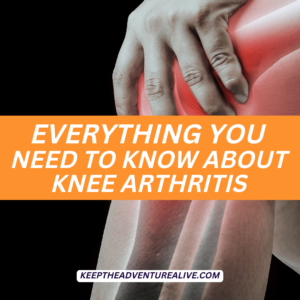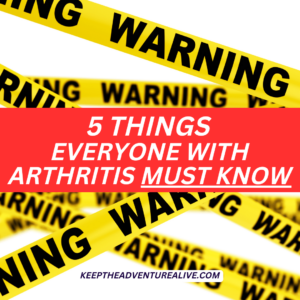Tightness and pain in the back of the knee is a common issue that many people experience. It is also a common symptom of knee osteoarthritis that can impact walking, stair climbing and standing. The primary reason for pain in the back of the knee is the presence of muscle imbalances. The three muscle groups involved include the hamstrings, calves, and inner thigh muscles that attach near the knee joint. If these muscles are tight or weakened, the muscles can become tight and irritated. There are specific exercises that can help to alleviate the pain and tightness and improve mobility.
Causes of Pain in the Back of the Knee
Pain in the back of the knee can can commonly originate from tight and irritated muscles. There are a few reasons why these muscles can become tight and thus limit your knee range of motion and make certain activities painful.
Firstly, it is important to rule out other potential causes of back of the knee pain especially if it is related to an injury like a fall or has had a sudden, rapid onset. Other causes include but aren’t limited to:
- Meniscus tear
- Baker’s cyst
- Injury to one of the ligaments in the knee
- Calf strain
- Hamstring strain
If you’ve noticed your muscles gradually becoming tighter and your knee becoming more difficult to straighten- it likely could be due to muscular imbalance which is a common symptom of knee osteoarthritis.
Muscle imbalances can occur when you change the way you move due to pain. It also can occur if you aren’t moving or exercising as much as you used to, resulting in an onset of muscular weakness.
Muscles usually become tight for a reason. One of the main reasons this happens is to make up for muscular weakness. When muscles become weakened, they still need to get stability from somewhere. Many times, tightening the muscle is a compensation your body makes to help make up for the lack of strength.
This isn’t always the case but as a physical therapist who specializes in osteoarthritis, I do find it to be one of the primary reasons.
The Muscles Behind the Knee
There are three main muscle groups that attach behind the knee and can play a role in how well your knee moves. These three main groups include:
- Hamstrings
- Calf muscles
- Inner thigh muscles
It is important to know the role of each of these groups as you can better identify and alleviate the issue. Once you understand each muscle group, you’ll find one or two exercises to specifically target the areas and thus relieve pain in the back of the knee.
Hamstrings
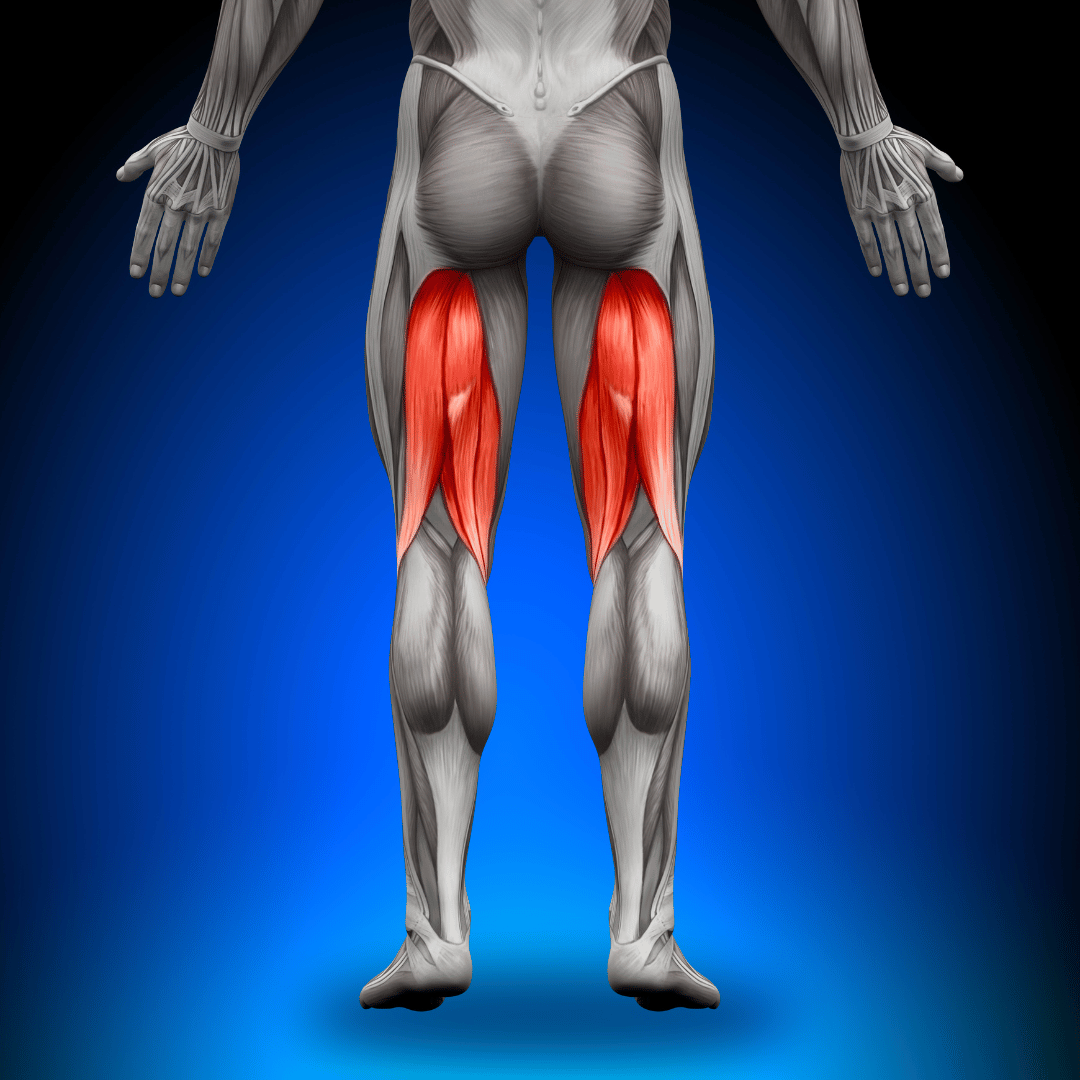
The hamstrings consist of three muscles at the back of the thigh. They play a crucial role in knee movement and stability. They are responsible for flexing (bending) the knee during activities like walking and running, extending (straightening) the hip, providing knee joint stability, assisting in deceleration, and maintaining a balance with the quadriceps muscles. This means that while the hamstrings are responsible for flexing the knee, the quadriceps are responsible for extending it.
This muscle grouping is one that is most commonly tight in those with knee osteoarthritis.
Calf muscles
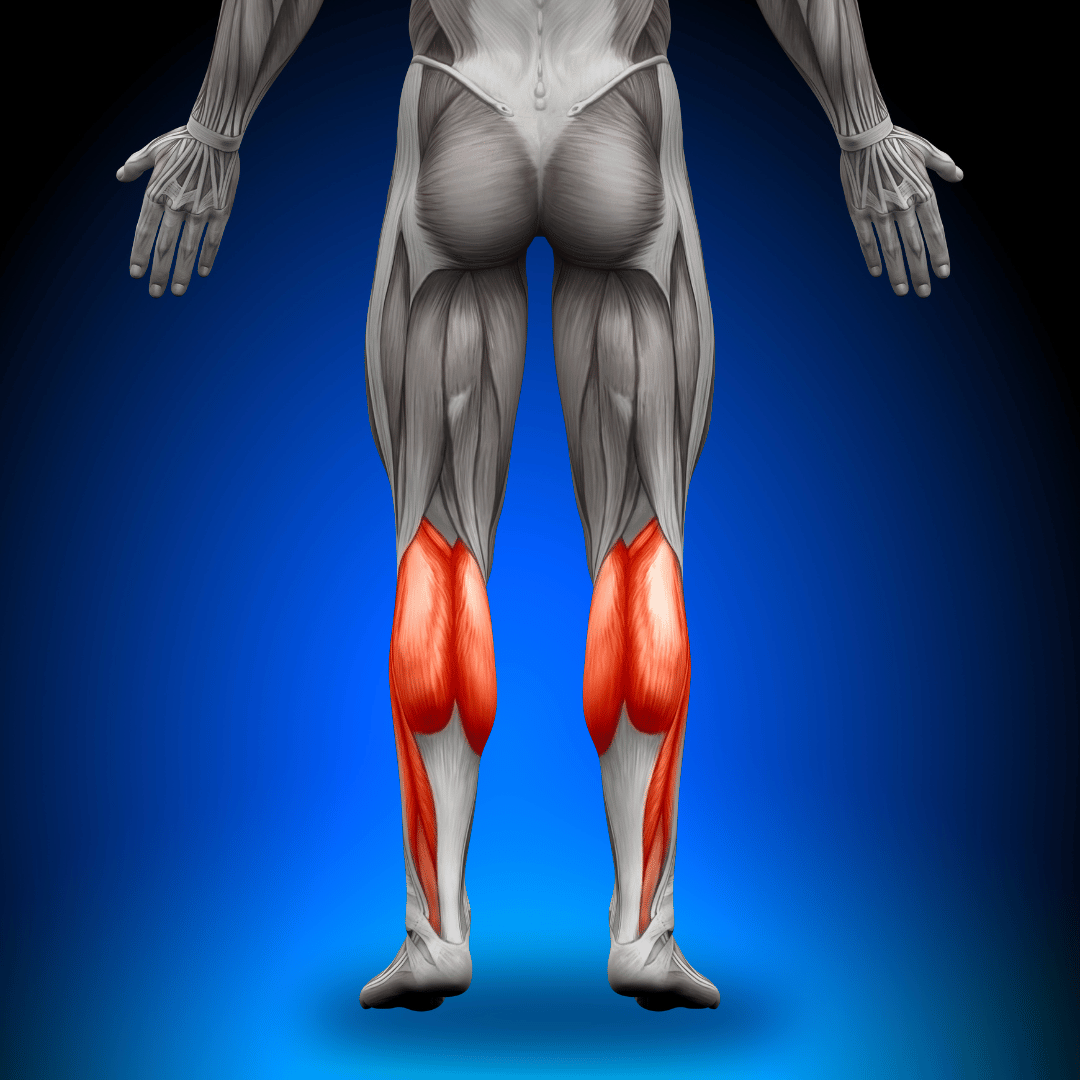
The calf muscles, particularly the gastrocnemius and soleus, play a key role in ankle movement, but they indirectly affect the knee by influencing the overall stability and mechanics of the leg. Calf muscle tightness can lead to compensations as you move. Particularly in walking and stair climbing, without adequate ankle and knee range of motion, your body is forced to get the mobility from other areas.
If you currently have tight calf muscles they can impact both the knee and the ankle.
Inner thigh muscles
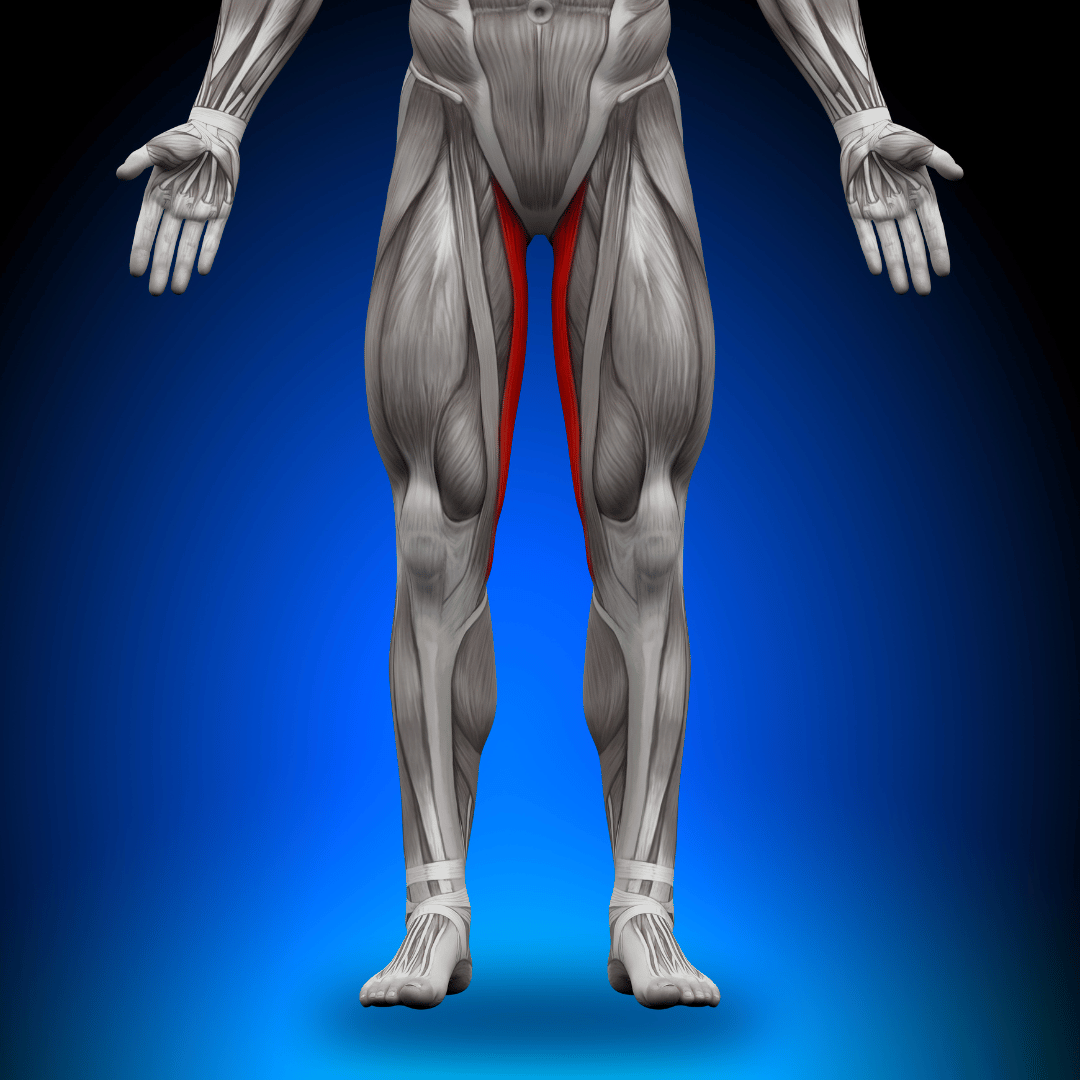
The inner thigh muscles, known as adductors, play a crucial role in knee movement. Responsible for stabilizing the hip joint, these muscles help control leg movements and contribute to the overall stability of the knee during activities such as walking and running.
The adductors prevent excessive lateral movement of the knee, support the inner side of the thigh, and work in coordination with other muscles for smooth, controlled leg movements. The balance between the inner and outer thigh muscles is essential for maintaining stability in the hip and knee joints, promoting proper alignment and reducing the risk of injuries.
This is typically an overlooked muscle group, especially with pain in the back of the knee.
Does Stretching Help?
When certain muscles are weak or imbalanced, other muscles will try to compensate by tightening up. This compensation provides some temporary stability, but can lead to chronic tightness over time.
This is why static stretching usually only provides temporary relief. Stretching doesn’t address the root cause of the imbalance. This is also why you have to keep doing it regularly to regain the mobility- it doesn’t last.
Static stretching typically involves pulling on a tight muscle that is tight for a biomechanical reason.
To get to the root of the tightness, one of the best solutions is to strengthen the imbalanced muscles through targeted movements. This will allow the overworked tight muscles to relax, restoring better muscular balance. Movement also helps to improve blood flow which can also help to alleviate muscle stiffness.
Now what? How to Reduce Muscle Tightness
Dynamic movement can be a powerful way to create long lasting mobility. The key is understanding which movements can help the most to reduce pain in the back of the knee.
Now, you’ll see a specific movement that addresses each of these muscle groups to help you reduce muscle tightness and irritation while improving mobility.
You can also watch the video below for a visual explanation of each movement.
Hamstring Exercise
One simple way to contract and relax the hamstrings is with heel lifts. Stand holding onto a chair or wall for balance.
Bend at the knee and lift your heel up towards your bottom, as far as you comfortably can. Hold at the top for 2 seconds, then lower back down. Repeat for 5-8 reps on each side.
Focus on feeling the contraction in the back of your leg as you lift the heel up. If you feel muscle cramping, try reducing the range of motion for a modification.

Calf Exercise
You can isolate the calf muscles by lifting your heels off of the ground while your toes remain on the ground. The idea here is to engage the calf muscles as you lift your heels, allowing the muscles to relax as your heel touches the ground.
During this exercise, you are also working your ankle mobility which can help to loosen the calf muscles as well. Use support if needed to increase the height at which you are able to lift your heels.
Approximately 10-20 repetitions can be a good place to start with this exercise.
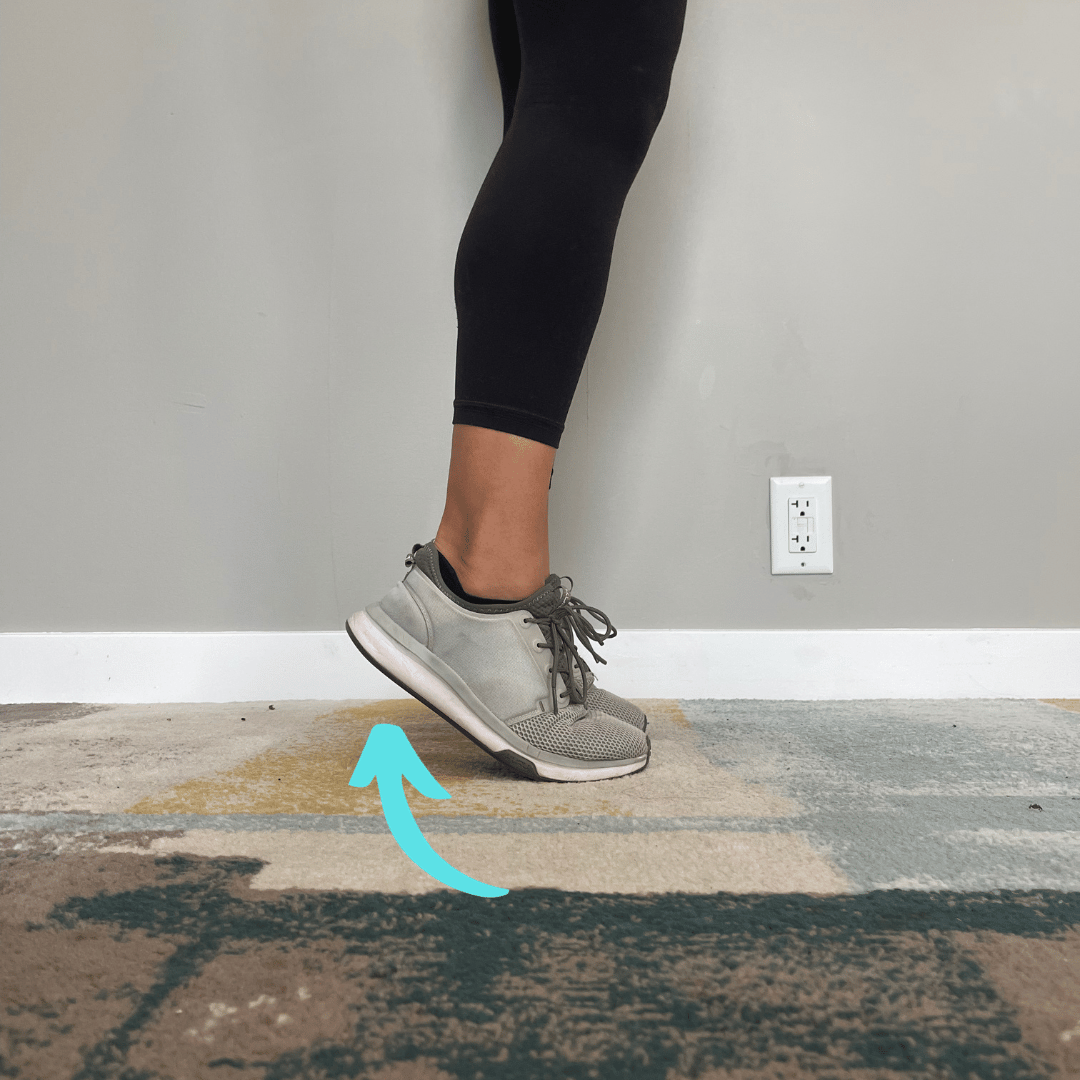
Inner Thigh Exercise
The isometric pillow squeeze, emphasizing inner thigh adduction, is an effective exercise for strengthening the inner thigh (adductor) muscles.
When it comes to pain in the back of the knee, it is important to make sure you are assessing the inner thigh muscles, especially if you have a history of inner thigh or groin tightness.
Using a pillow, squeeze between your knees at about 50% effort. Feel for a contraction in the inner thighs and hold for 3-5 seconds before relaxing. 5-8 repetitions can be a great place to start.
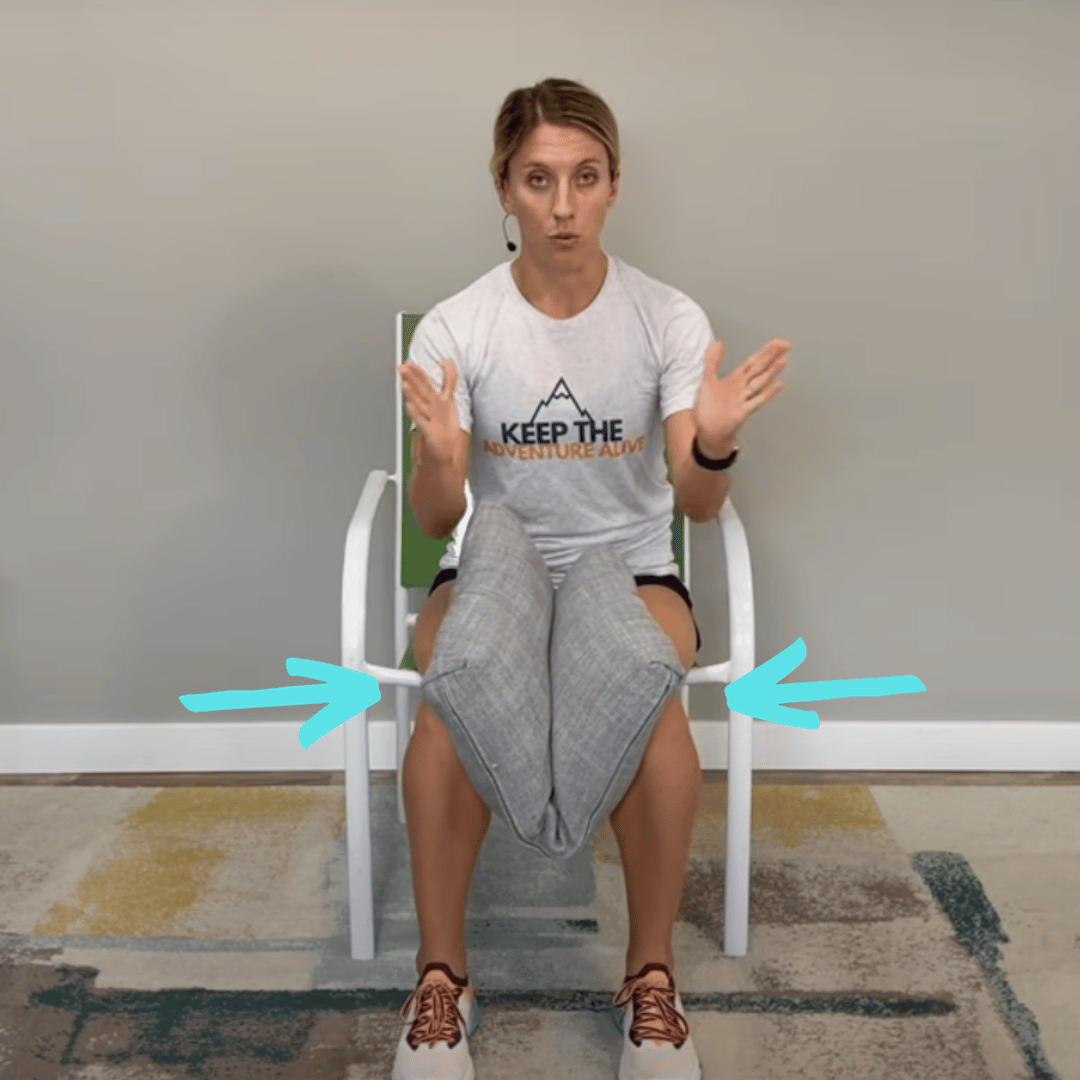
How to Maximize Your Progress
In conclusion, addressing the persistent back-of-the-knee tightness, particularly prevalent among individuals contending with knee osteoarthritis, necessitates an understanding of its common sources—namely, tight hamstrings, inner thighs, and calf muscles. The exercises provided offer a great place to start but may not be the full solution.
If you’re looking for more direction, Adventurers for Life, my signature membership has you covered. Distinguished for its strategically designed step-by-step workouts, virtual events and supportive community, this membership offers a specific approach to help you mitigate tightness, get stronger, improve balance and regain mobility without exacerbating discomfort.
Consider joining this community to not only alleviate the challenges associated with knee osteoarthritis but also to embark on a journey towards regaining your active life.
Learn more by clicking the button below:
Alyssa Kuhn
Disclaimer: This post is for general informational purposes only. It should not be used to self-diagnose and it is not a substitute for a medical exam, cure, treatment, diagnosis, and prescription or recommendation. It does not create a doctor-patient relationship between Dr. Kuhn and you. You should not make any change in your health regimen or diet before first consulting a physician and obtaining a medical exam, diagnosis, and recommendation. Move Well Age Well, LLC and Dr. Alyssa Kuhn, PT, DPT are not liable or responsible for any advice, course of treatment, diagnosis or any conclusions drawn, services or product you obtain through this post, video or site. Complete all exercises at your own risk.

